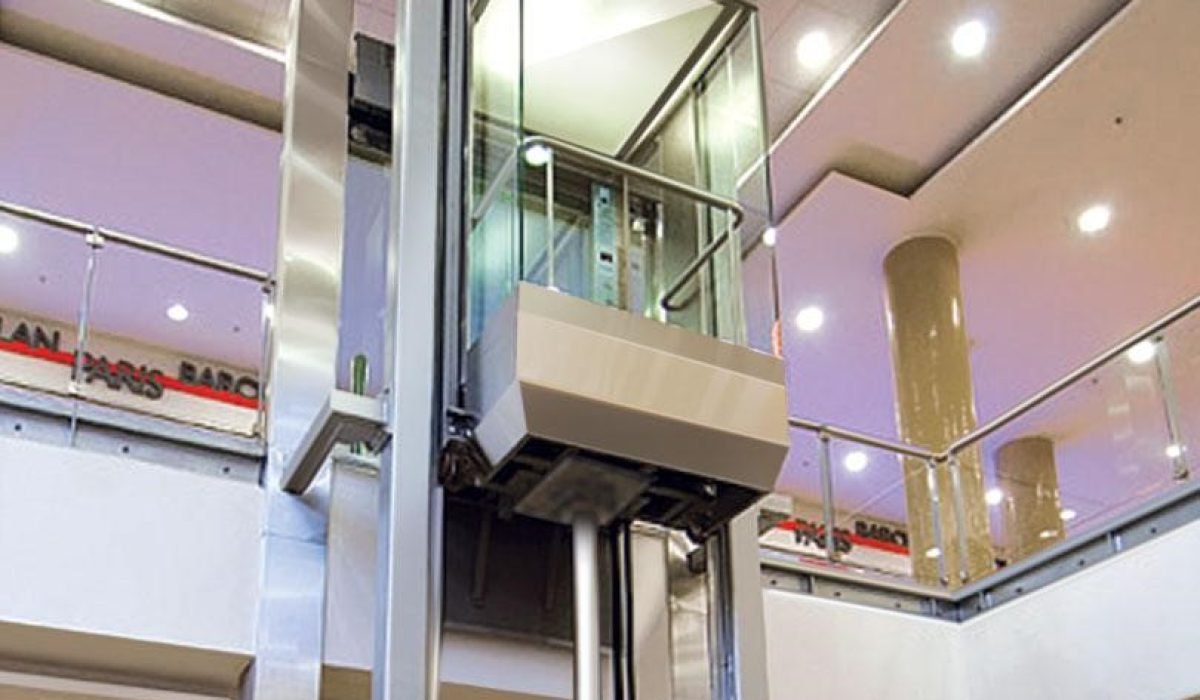Elevator Myths Debunked: Separating Fact from Fiction
Elevators are essential parts of our daily lives, whisking us seamlessly between floors in tall buildings. Yet, these complex machines remain shrouded in a bit of mystery, leading to various misconceptions and even fear. Let’s debunk some common elevator myths to provide factual information and enhance public awareness:
Myth #1: An overloaded elevator will fall.
Fact: Elevators have weight capacities far exceeding their typical load. They are equipped with multiple safety mechanisms like overload sensors and governors that automatically stop the elevator if the weight limit is exceeded. Additionally, the doors won’t even close if the weight is too high, preventing anyone from entering.
Myth #2: You’re more likely to be struck by lightning than get stuck in an elevator.
Fact: While both events are statistically unlikely, getting stuck in an elevator is actually more probable than being struck by lightning. However, modern elevators are incredibly reliable and rarely experience major issues. Even if they do get stuck, advanced communication systems allow for immediate assistance.
Myth #3: The elevator doors can open between floors.
Fact: This is a classic horror movie trope, but thankfully, not reality. Modern elevator doors have sophisticated safety mechanisms that prevent them from opening unless the car is properly aligned with the landing. Additionally, interlocks ensure the doors won’t open until the elevator comes to a complete stop.
Myth #4: Jumping in an elevator will soften the impact in case of a fall.
Fact: This is incredibly dangerous and could result in serious injury or even death. Elevators are designed to stop safely, and jumping can throw you off balance and increase the risk of hitting the walls or ceiling. Always remain calm and stay still if the elevator experiences sudden movement.
Myth #5: Elevators use a lot of energy.
Fact: Modern elevators are equipped with energy-efficient features like LED lighting, regenerative braking systems, and standby modes. Additionally, advancements in technology are further reducing their energy consumption. While older models may have been less efficient, today’s elevators are contributing to more sustainable buildings.
Remember: Elevators are rigorously tested and undergo regular maintenance to ensure safety and reliability. By understanding how they work and dispelling common myths, you can approach your next elevator ride with confidence and peace of mind.

